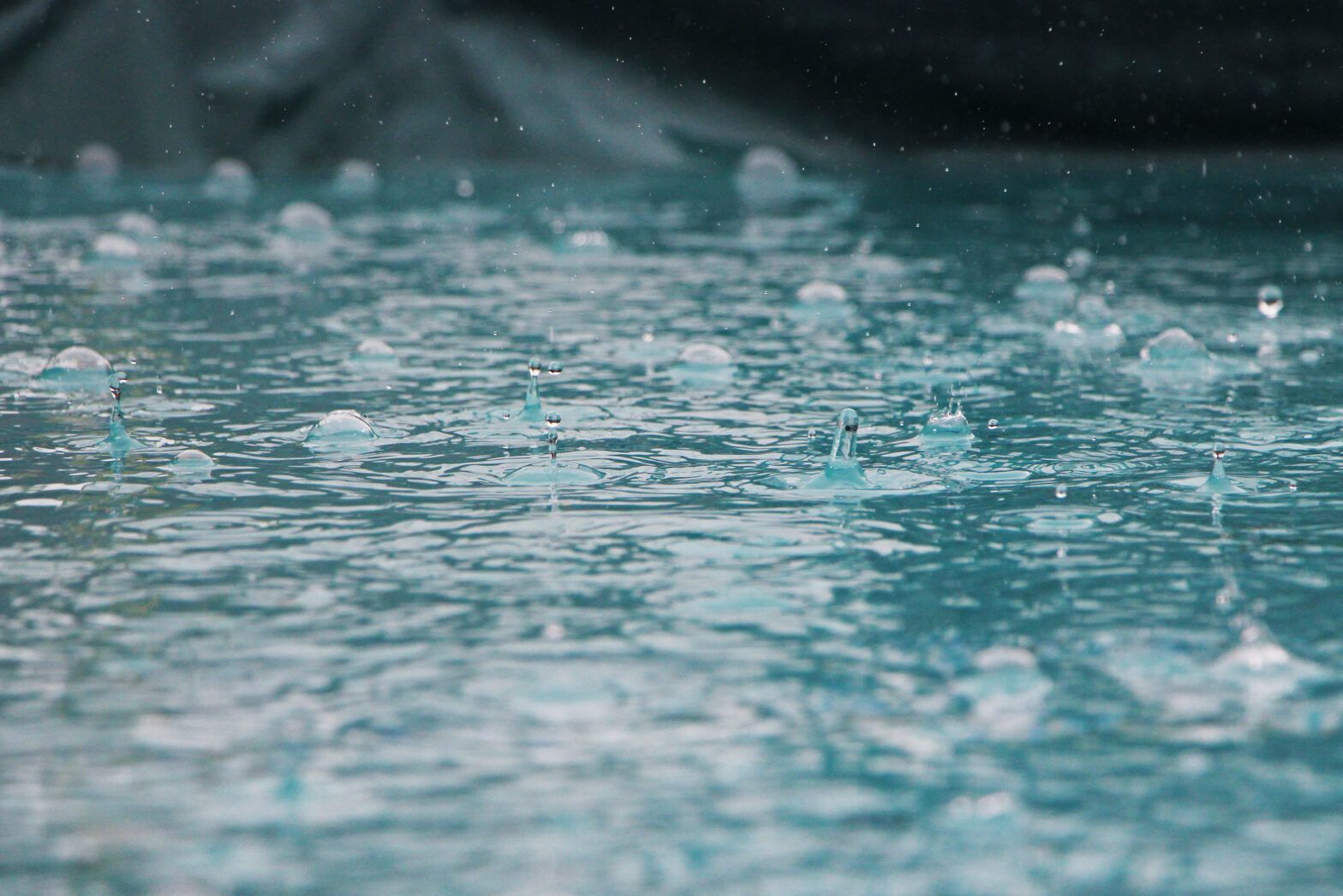
Water Vapor Levels in Air and Your Skin
We know that water vapor in outdoor air continually enters a residence and changes the level of indoor relative humidity. Consequently, there should be a direct connection between local weather conditions, for example the concentration of water vapor in outdoor air, and people’s tendency to have dry skin caused by exposures to indoor humidity and temperature stressors. Moreover, it’s probably safe to assume that as dry skin forms due to such drying stresses, people will be more inclined to conduct Internet searches to learn about their dry skin and how to treat it.
To examine the relationship between outdoor water vapor levels and Internet searches referring to dry skin (as a proxy for actual dry skin formation), I collected concurrent data on “dry skin” web searches (from Google Trends) and ambient water vapor levels for two major cities that reflect different demographics, building properties, and climates: Chicago, USA, and Tokyo, Japan.
“Dry Skin” Internet Searches versus Water Vapor Levels in Outdoor Air
Let’s begin by looking at the relevant data for Tokyo, as shown on the adjacent chart. The y-axis represents the frequency of web searches for the term “dry skin” (translated to Kanji characters). Search results are normalized so that the highest response rate is assigned a value of 100. The x-axis shows the monthly values of absolute humidity (i.e., the concentration of water vapor in air, expressed in g/m3). One interesting feature of the plot is the divergent responses that occur at an absolute humidity of around 5 g/m3.
To simulate this response pattern, I created a statistical model that categorized water vapor data into either [1] a special cold season, defined by the months of November through January, or [2] all other months of the year. The resulting two-season model predicts “dry skin” searches (depicted by green squares) from absolute humidity and captures the Internet search responses occurring at low absolute humidities.

Predicted and observed changes in Internet searches for “dry skin” among residents of Tokyo, Japan .
I used the same analytical approach with the Chicago data and the results for the observed and predicted search term activity for “dry skin” also showed that a two-season model can be used to represent Internet search patterns for “dry skin”.

Predicted and observed changes in Internet searches for “dry skin” among residents of Chicago, USA.
What the results mean
The elevated web search results during the “cold season” correspond to the heating seasons in both Chicago and Tokyo, which means that indoor temperatures are reduced compared to the rest of the year. In addition, the absolute humidities of outdoor air during the winter months are typically the lowest of the year in temperate climates because the colder air holds less water vapor.
Cooler indoor temperatures along with lower humidities in turn produce higher values of the Dry Skin Index since it increases as relative humidity and temperature decrease. Therefore, we would indeed expect elevated Internet search activity regarding “dry skin” as a result of the higher drying stresses during those months.
Internet search activity for the term “dry skin” among the residents of both cities gradually diminishes as outdoor water vapor levels rise—even to levels as high as 20 g/m3. This suggests that dry skin care for these populations extends year round, but is less urgent during the summer months when humidities are highest.
Despite the similarities between the Chicago and Tokyo data, the unique combinations of climate, building properties, and demographics for these cities make it difficult to generalize to other locations. For example, wood-frame residences absorb/desorb water vapor differently than buildings of masonry construction and older residential populations are more susceptible to drying stressors on skin. Consequently, variations in these and other parameters will directly influence the nature and magnitude of drying stressors on skin.
The best solution to the challenge of monitoring drying stresses unique to your location is to track the Dry Skin Index with a sensor that can be placed in your home next to your moisturizing lotions.
Wrap Up
- Internet search activity on Google Trends for the term “dry skin” among residents of Chicago and Tokyo vary in response to changes in outdoor water vapor levels
- The cold season months of November through January produce the highest search activity due in part to low indoor humidities and temperatures that exert higher drying stresses on skin.
- Dry skin care in both cities is essentially a year-round activity, but is less important during the warmer, more humid months of the year.
dry skin, dry skin trends, indoor relative humidity, water vapor
